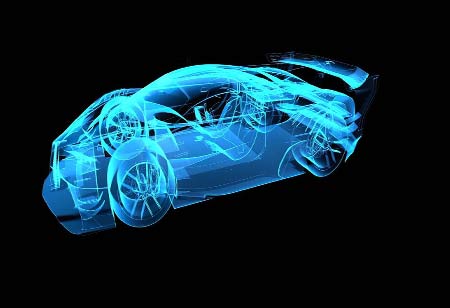Sensors will also enable increasing degrees of vehicle automation in the future, which will help the industry.
Fremont, CA: Sensors are now an essential component of every modern automotive design, providing a variety of functions. They play an important role in assisting automakers in bringing to market models that are safer, more fuel efficient, and more comfortable to drive. Sensors will also enable increasing degrees of vehicle automation in the future, which will help the industry.
• Intelligent observation
Aside from complete controllability but also data processing, intelligent observability is another of the requirements for an automobile to function autonomously. To achieve complete observability, cars must handle a wide range of parameter data, such as speed, current, pressure, temperature, location, proximity detection, gesture recognition, etc.
In recent years, tremendous advancements have got made in proximity detection and gesture recognition, with ultrasonic sensors and time-of-flight (ToF) cameras, increasingly getting integrated into automobiles.
• Ultrasonic sensors
As vehicle automation advances, we are witnessing the application of new technology to the automotive sector for the first time and the adaptation of existing automotive technologies to the unique constraints that autonomous driving will impose. Ultrasonic sensors are currently helpful in car bumpers for assisted parking systems. So far, such sensors are only predicted to work at speeds less than 10 km/h and are incapable of measuring tiny distances with 100% precision.
However, in an autonomous vehicle, similar sensors might be utilized in conjunction with radar, cameras, and other sensing technologies to give distance measurement capabilities.
• Gesture recognition
ToF cameras focus on the automobile inside, while ultrasonic sensor technology is employed to watch the outside environment. Because the shift to autonomous driving will be gradual, drivers must be able to switch from autonomous to manual mode in particular instances.
Cars are now only partially autonomous due to the usage of Advanced Driver Assistance Systems (ADAS), although a human intervention may be necessary at any time.
Experts anticipate that the sector will go toward more significant degrees of automation in the future. Still, even then, the driver will need to be able to take control in certain situations (e.g., when the car is in city centers). It will be a long time before this changes. Until then, a vehicle must be capable of alerting its driver. As a result, real-time tracking of the driver's position and motions is critical.

 Copyright © 2025 AutoTech Outlook. All Rights Reserved | Privacy Policy | Subscribe | Sitemap | About us | Feedback Policy | Editorial Policy
Copyright © 2025 AutoTech Outlook. All Rights Reserved | Privacy Policy | Subscribe | Sitemap | About us | Feedback Policy | Editorial Policy